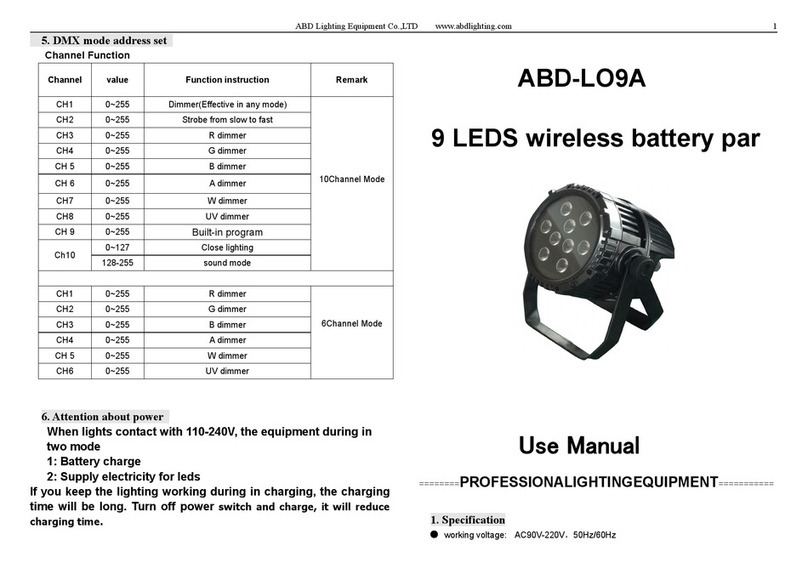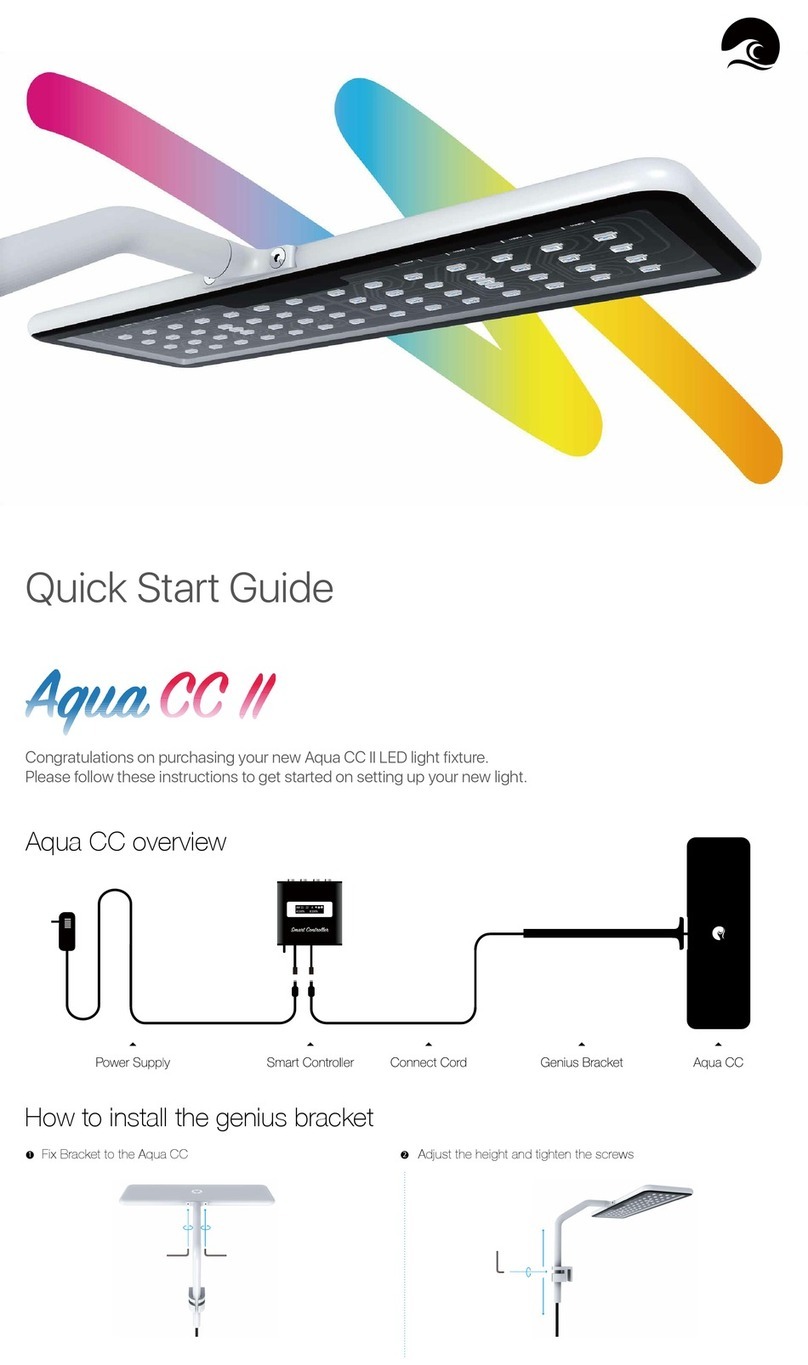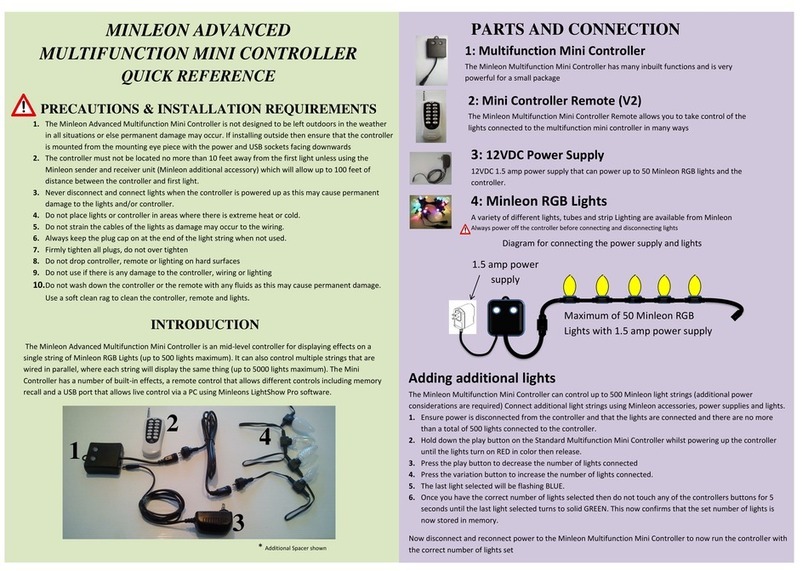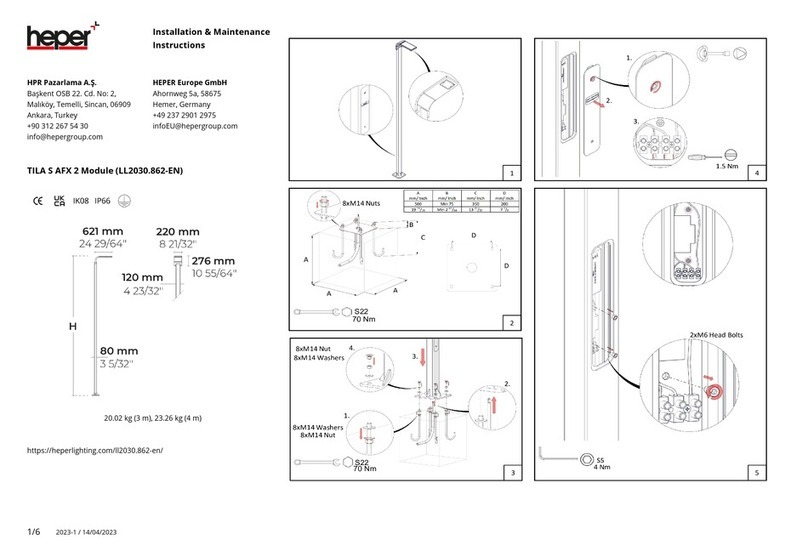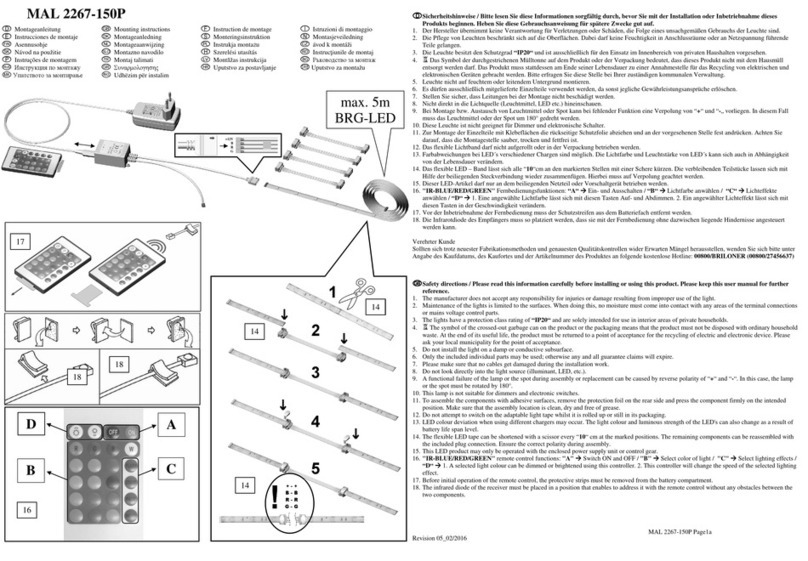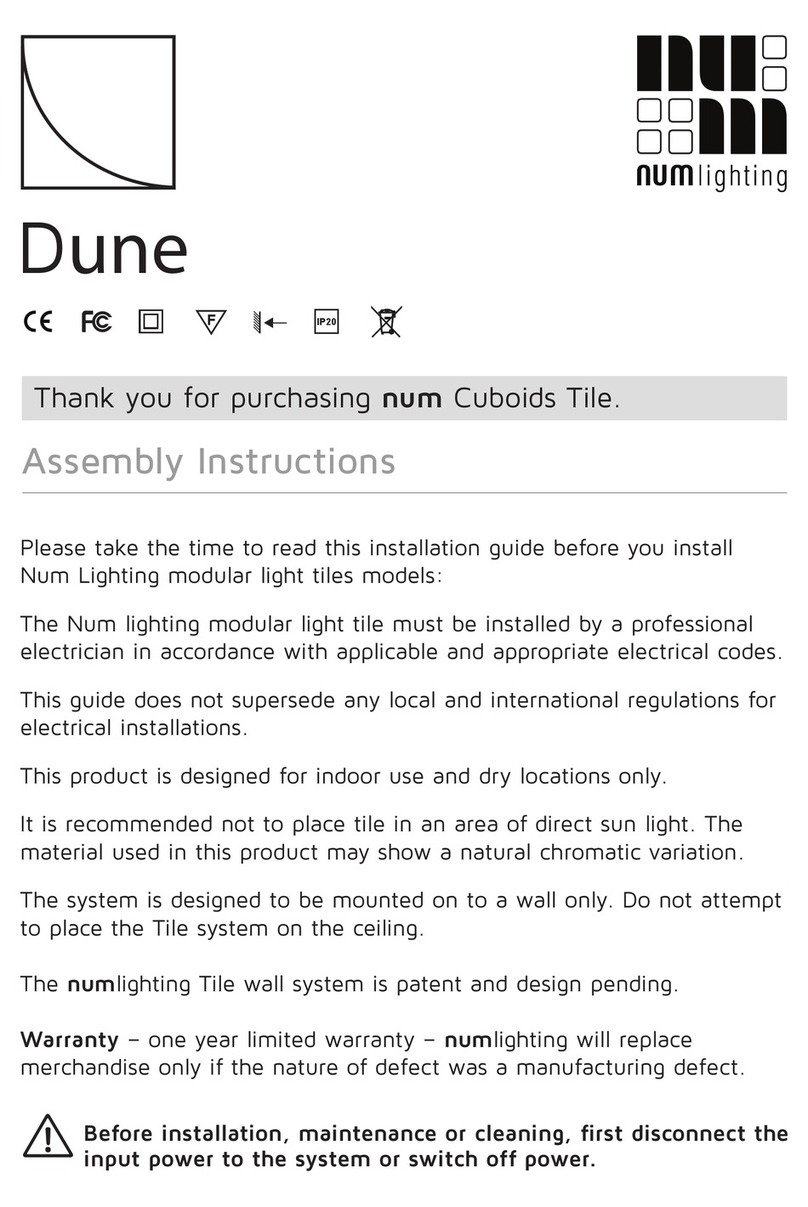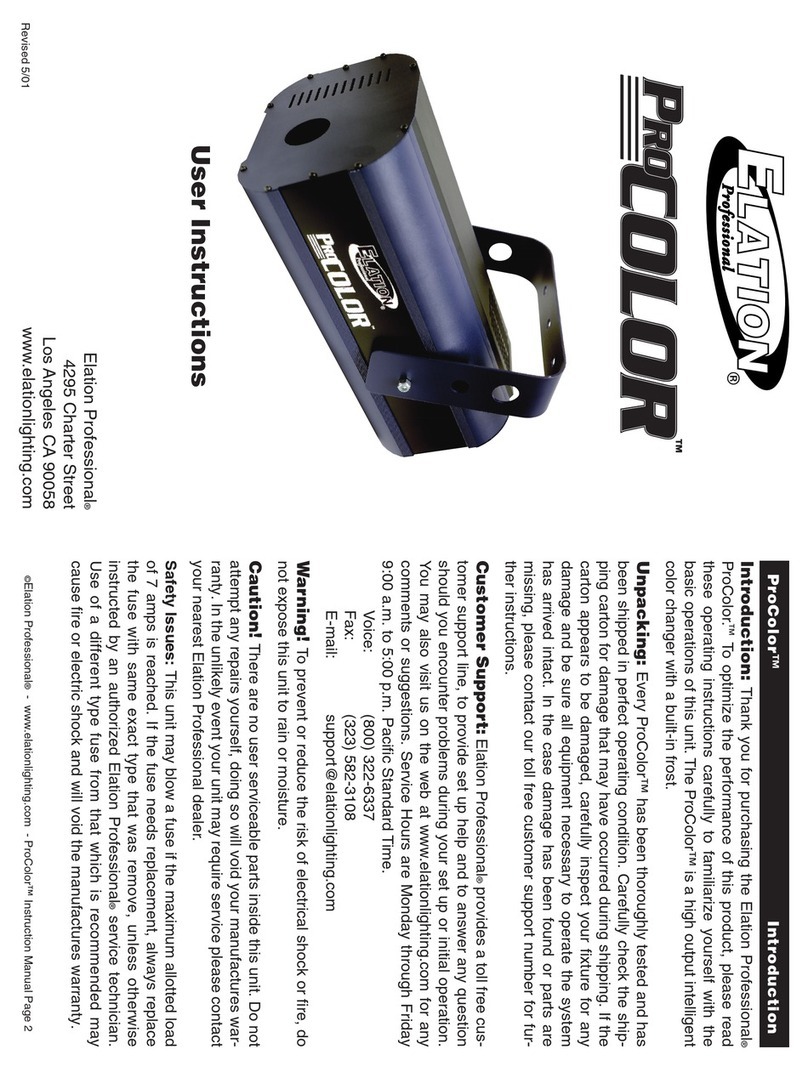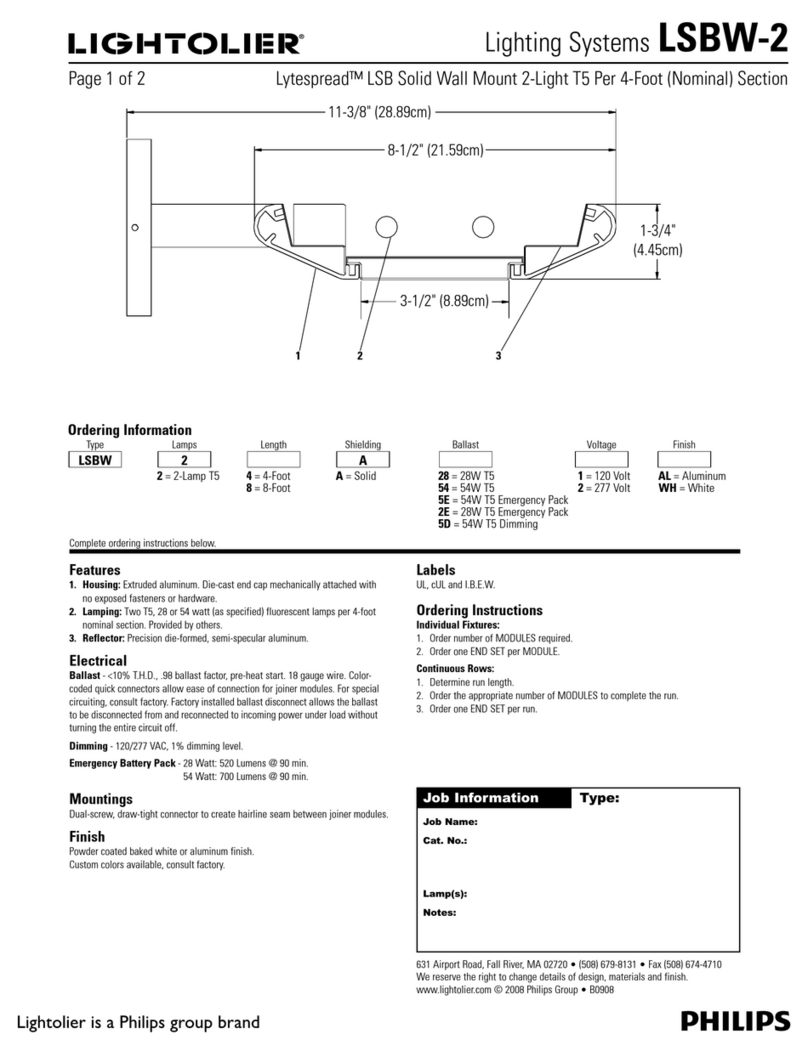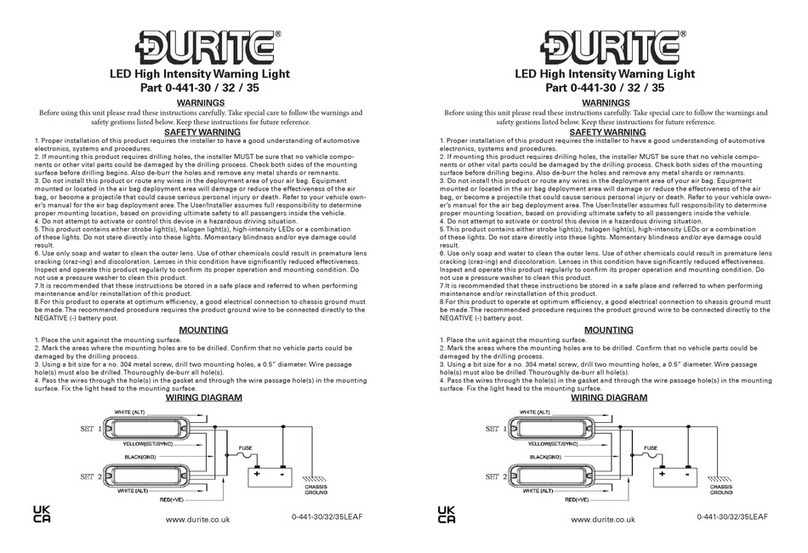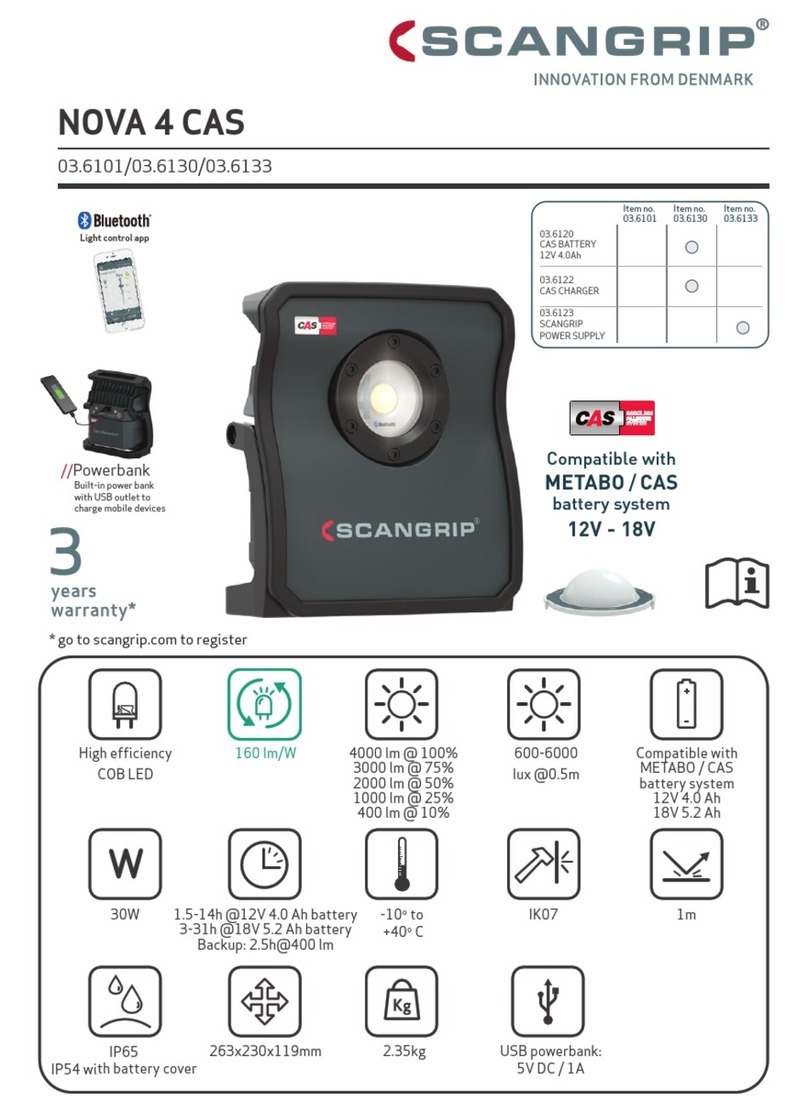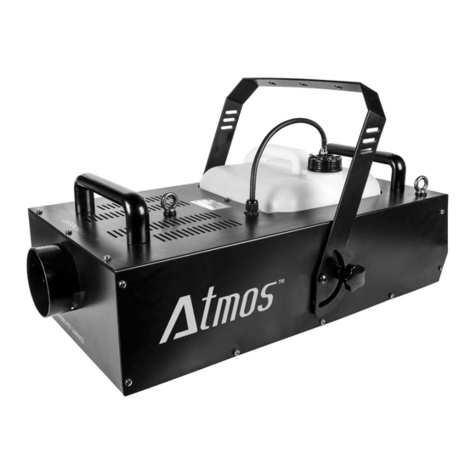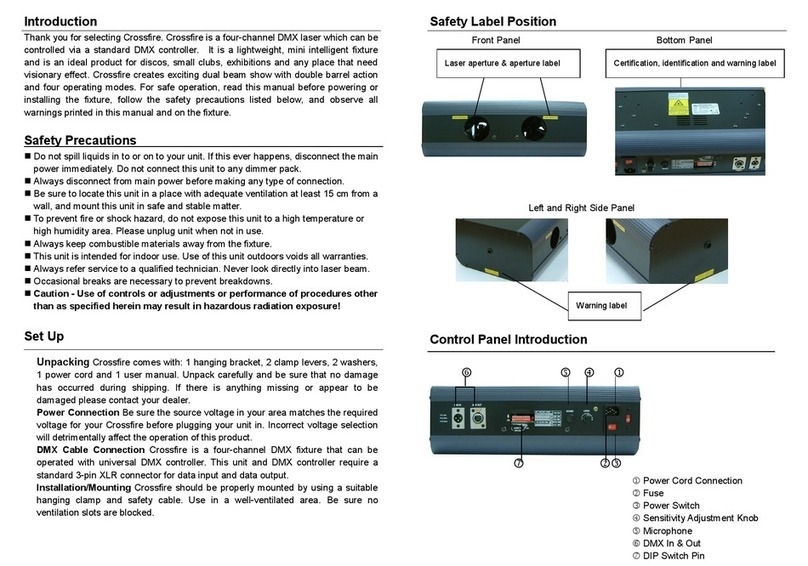WIKA F3201 User manual

Operating instructions
Betriebsanleitung
EN
DE
Model F3201
Shear beam, model F3201
Scherstab, Typ F3201

2
79101735.01 08/2021 EN/DE
WIKA operating instructions, model F3201
EN
DE
Operating instructions model F3201 Page 3 - 22
Betriebsanleitung Typ F3201 Seite 23 - 43
© 08/2021 WIKA GmbH
All rights reserved. / Alle Rechte vorbehalten.
WIKA®is a registered trademark in various countries.
WIKA®ist eine geschützte Marke in verschiedenen Ländern.
Prior to starting any work, read the operating instructions!
Keep for later use!
Prior to starting any work, read the operating instructions!
Keep for later use!

3WIKA operating instructions, model F3201
EN
79101735.01 08/2021 EN/DE
Contents
Contents
1. General information 4
2. Design and function 5
2.1 Overview. . . . . . . . . . . . . . . . . . . . . . . .5
2.2 Description . . . . . . . . . . . . . . . . . . . . . . .5
2.3 Scope of delivery . . . . . . . . . . . . . . . . . . . . .5
3. Safety 6
3.1 Explanation of symbols . . . . . . . . . . . . . . . . . . .6
3.2 Intended use . . . . . . . . . . . . . . . . . . . . . .7
3.3 Improper use . . . . . . . . . . . . . . . . . . . . . .8
3.4 Responsibility of the operator . . . . . . . . . . . . . . . . .8
3.5 Personnel qualification . . . . . . . . . . . . . . . . . . .9
3.6 Personal protective equipment . . . . . . . . . . . . . . . .9
3.7 Labelling, safety marks . . . . . . . . . . . . . . . . . . 10
4. Transport, packaging and storage 11
4.1 Transport. . . . . . . . . . . . . . . . . . . . . . . 11
4.2 Packaging and storage . . . . . . . . . . . . . . . . . . 11
5. Commissioning, operation 12
5.1 Mounting precaution . . . . . . . . . . . . . . . . . . . 12
5.2 Mounting instructions . . . . . . . . . . . . . . . . . . 12
5.3 Mounting. . . . . . . . . . . . . . . . . . . . . . . 13
5.4 Electrical connection. . . . . . . . . . . . . . . . . . . 14
6. Faults 15
7. Maintenance and cleaning 16
7.1 Maintenance . . . . . . . . . . . . . . . . . . . . . 16
7.2 Cleaning . . . . . . . . . . . . . . . . . . . . . . . 16
7.3 Recalibration . . . . . . . . . . . . . . . . . . . . . 16
8. Dismounting, return and disposal 17
8.1 Dismounting . . . . . . . . . . . . . . . . . . . . . 17
8.2 Return. . . . . . . . . . . . . . . . . . . . . . . . 17
8.3 Disposal . . . . . . . . . . . . . . . . . . . . . . . 17
9. Specifications 18
9.1 Approvals . . . . . . . . . . . . . . . . . . . . . . 20
10. Accessories 21
Annex: EU declaration of conformity 22

4WIKA operating instructions, model F3201
EN
79101735.01 08/2021 EN/DE
1. General information
1. General information
■
The shear beams described in the operating instructions have been designed and
manufactured using state-of-the-art technology. All components are subject to strin-
gent quality and environmental criteria during production. Our management systems
are certified to ISO 9001.
■
These operating instructions contain important information on handling the instru-
ment. Working safely requires that all safety instructions and work instructions are
observed.
■
Observe the relevant local accident prevention regulations and general safety regula-
tions for the instrument's range of use.
■
The operating instructions are part of the product and must be kept in the immediate
vicinity of the instrument and readily accessible to skilled personnel at any time. Pass
the operating instructions on to the next operator or owner of the instrument.
■
Skilled personnel must have carefully read and understood the operating instructions
prior to beginning any work.
■
The general terms and conditions contained in the sales documentation shall apply.
■
Subject to technical modifications.
■
Factory calibrations / DAkkS calibrations are carried out in accordance with interna-
tional standards.
Further information:
- Internet address: www.wika.com
- Relevant data sheet: FO 51.72
- Application consultant: Tel.: +49 9372 132-0
Fax: +49 9372 132-406
info@wika.de
Abbreviations, definitions
2-wire The two connection leads are used for the voltage supply.
The measuring signal also provides the supply current.
3-wire Two connection leads are used for the voltage supply.
One connection lead is used for the measuring signal.
UB+ Positive power supply terminal
UB- Negative power supply terminal
S+ Positive output terminal
S- Negative output terminal
Shield Case

5WIKA operating instructions, model F3201
EN
79101735.01 08/2021 EN/DE
F
F
F
F
2. Design and function
2. Design and function
2.1 Overview
2.2 Description
The shear beams are designed for the measurement of static and dynamic measu-
ring requirements. They can measure tension and compression forces. They serve for
determining shear forces in diverse fields of application.The shear beam consists of a
measuring spring with strain gauges glued to it.The measuring body is made of stain-
less steel and is elastically deformed by a force introduced in the force direction.The
resulting mechanical tensions are measured by the applied strain gauges and output as
a raw electrical signal.
2.3 Scope of delivery
■
Shear beam
■
Operating instructions
Force introduction (F) tension or compression force
Bearing force
Measuring spring
Cable outlet

6WIKA operating instructions, model F3201
EN
79101735.01 08/2021 EN/DE
3. Safety
3. Safety
3.1 Explanation of symbols
WARNING!
... indicates a potentially dangerous situation that can result in serious
injury or death, if not avoided.
CAUTION!
... indicates a potentially dangerous situation that can result in light injuries
or damage to property or the environment, if not avoided.
DANGER!
... indicates a potentially dangerous situation in the hazardous area that
can result in serious injury or death, if not avoided.
DANGER!
... identifies hazards caused by electrical power. Should the safety instruc-
tions not be observed, there is a risk of serious or fatal injury.
Information
... points out useful tips, recommendations and information for efficient
and trouble-free operation.

7WIKA operating instructions, model F3201
EN
79101735.01 08/2021 EN/DE
3. Safety
3.2 Intended use
Model Version
F3201
Standard version
These instruments have been designed and tested in accordance with the relevant
safety regulations for electronic measuring instruments. Any usage outside of this is
deemed to be improper.The faultless functioning and operational safety of the shear
beams can only be guaranteed when complying with the instructions given in the
operating instructions. During its use, the legal and safety regulations (e.g.VDE 0100)
required for the particular application must additionally be observed.This also applies
accordingly when using accessories. Shear beams are RoHS-compliant in accordance
with directive 2011/65/EU Art. 2 (2) and (4) d), e) and g).The shear beam is no safety
element in the sense of its intended use. Faultless and safe operation of this transducer
requires proper transport, professional storage, installation and mounting as well as
careful operation and corrective maintenance.
The instrument has been designed and built solely for the intended use described here,
and may only be used accordingly.
The technical specifications contained in these operating instructions must be
observed. Improper handling or operation of the instrument outside of its technical
specifications requires the instrument to be taken out of service immediately and
inspected by an authorised service engineer.
Handle electronic precision measuring instruments with the required care (protect it
from humidity, impacts, strong magnetic fields, static electricity and extreme tempera-
tures, do not insert any objects into the instrument or its openings). Wires, plugs and
sockets must be protected from contamination.
The manufacturer shall not be liable for claims of any type based on operation contrary
to the intended use.

8WIKA operating instructions, model F3201
EN
79101735.01 08/2021 EN/DE
3. Safety
3.3 Improper use
WARNING!
Injuries through improper use
Improper use of the instrument can lead to hazardous situations and
injuries.
▶
Refrain from unauthorised modifications to the instrument.
Any use beyond or different to the intended use is considered as improper use.
3.4 Responsibility of the operator
The instrument is used in the industrial sector. The operator is therefore responsible for
legal obligations regarding safety at work.
The safety instructions within these operating instructions, as well as the safety, accident
prevention and environmental protection regulations for the application area of the instru-
ment must be maintained.
The operator is obliged to maintain the product label in a legible condition.
To ensure safe working on the instrument, the operating company must ensure
■
that suitable first-aid equipment is available and aid is provided whenever required.
■
that the skilled electrical personnel are regularly instructed in all topics regarding
occupational safety, first aid and environmental protection and know the operating
instructions and in particular, the safety instructions contained therein.
■
that the instrument is suitable for the particular application in accordance with its
intended use.
■
that personal protective equipment is available.

9WIKA operating instructions, model F3201
EN
79101735.01 08/2021 EN/DE
3. Safety
3.5 Personnel qualification
WARNING!
Risk of injury should qualification be insufficient
Improper handling can result in considerable injury and
damage to property.
▶
The activities described in these operating instructions may only be
carried out by skilled personnel who have the qualifications described
below.
Skilled electrical personnel
Skilled electrical personnel are understood to be personnel who, based on their techni-
cal training, know-how and experience as well as their knowledge of country-specific
regulations, current standards and directives, are capable of carrying out work on
electrical systems and independently recognising and avoiding potential hazards.The
skilled electrical personnel have been specifically trained for the work environment they
are working in and know the relevant standards and regulations.The skilled electrical
personnel must comply with current legal accident prevention regulations.
Special knowledge for working with instruments for hazardous areas:
The skilled electrical personnel must have knowledge of ignition protection types,
regulations and provisions for equipment in hazardous areas.
Special operating conditions require further appropriate knowledge, e.g. of aggressive
media.
3.6 Personal protective equipment
The requirements for the required protective equipment
result from the ambient conditions
at the place of use, other products or the connection to other products.
The requisite personal protective equipment must be provided by
the operating company.
The operator is in no way relieved of his obligations under labour law for the safety and
the protection of workers' health.
The design of the personal protective equipment must take into account all operating
parameters of the place of use.

10 WIKA operating instructions, model F3201
EN
79101735.01 08/2021 EN/DE
3. Safety
3.7 Labelling, safety marks
Model
Serial number, TAG number
Date of manufacture calendar week/year
Pin assignment
Address
Force direction, the direction of the arrow indicates the direction of the loading
Ingress protection per IEC/EN 60529
Supply voltage, excitation voltage for mV/V sensor
Output signal
Rated load
Product label (example)

11WIKA operating instructions, model F3201
EN
79101735.01 08/2021 EN/DE
4. Transport, packaging and storage
4. Transport, packaging and storage
4.1 Transport
Check the shear beam for any damage that may have been caused by transport.
Obvious damage must be reported immediately.
CAUTION!
Damage through improper transport
With improper transport, a high level of damage to property can occur.
▶
When unloading packed goods upon delivery as well as during internal
transport, proceed carefully and observe the symbols
on the
packaging.
▶
With internal transport, observe the instructions in chapter 4.2
“Packaging and storage”.
As precision measuring instruments, transducers require careful handling during
transport and mounting. Load impacts during transport (e.g. hitting a hard surface) can
lead to permanent damage, resulting in measuring errors in the subsequent measuring
operation.
4.2 Packaging and storage
Do not remove packaging until just before mounting.
Keep the packaging as it will provide optimum protection during transport (e.g. change
in installation site, sending for repair).
The measuring spring is made completely of stainless steel.The version of the acces-
sory cables has an ingress protection of IP67.The ingress protection of IP67 is only
guaranteed with the cable connected. During storage the protective cap must always be
on the electrical connection to avoid entry of moisture and dirt.
Permissible conditions at the place of storage:
■
Storage temperature: -40 ... +85 °C
■
Humidity: 35 ... 85 % relative humidity (non-condensing)
Avoid exposure to the following factors:
■
Mechanical vibration, mechanical shock (putting it down hard)
■
Dust, dirt, and other objects may not be deposited in such a way that they form a
force shunt with the measuring spring, since this will falsify the measuring signal.

12 WIKA operating instructions, model F3201
EN
79101735.01 08/2021 EN/DE
5. Commissioning, operation
5. Commissioning, operation
5.1 Mounting precaution
■
Shear beams are sensitive measuring instruments and must be handled with appropriate
care.
■
Before installing the shear beam, check whether the mounting position have been
executed dimensionally accurately, thus guaranteeing problem-free mechanical
fixation of the shear beam.
■
It must be ensured that there is no force shunt between the contact surface of the
transducer and the force introduction.The measuring spring must also be free of
force shunts in the area of the force introduction under rated load. A gap of at least
0.5 mm must be provided.
■
Before installation, make sure that the drilling chips have been removed from the
holes.
■
Depending on the installation situation, lubricant may be required in the holes for
mounting the shear beam.
■
In the area of the contact surface of the shear beam, an even surface must be
ensured.
■
Depending on the installation situation and the availability of mechanical mounting
kits, holes must be drilled.
5.2 Mounting instructions
CAUTION!
Damage to the instrument through improper installation
■
Improper assembly can lead to improper loads on the shear beam due to torsional
and shear forces.These loads cause measured errors and can permanently damage
or destroy the shear beam.
■
Incorrect loading can lead to permanent damage resulting in a zero point offset in the
unloaded state.
■
Carry out the mounting of the shear beam without using strong force (e.g. hammer).
■
Do not use the shear beam as a climbing aid.
■
The force acting on the shear beam must be applied at the designated point in the
correct load direction.
■
Pay attention to the mounting instructions.
■
The output signal and the pin assignment are stated on the product label.
■
During mounting of the shear beam, the output signal (force value) must always be
monitored to avoid mechanical overload.
■
Avoid torsional torques, off-centre loads and transverse loads or lateral forces. Trans-
verse loads and lateral forces also include the corresponding components of the
measurands that are introduced slanted.
■
The shear beam may only be subjected to loads in the type of bearing provided.

13WIKA operating instructions, model F3201
EN
79101735.01 08/2021 EN/DE
F
F
5.3 Mounting
5. Commissioning, operation
Place the shear beam
onto the mounting surface
. It must only rest up to the notch
. With M12 screws (property class 8.8) a tightening torque of 90 Nm is recommended.
For safety-relevant applications or if the application is subject to official regulations, the
calculations corresponding to that standard must be carried out.
Screw the shear beam
to the mounting surface
. Load the shear beam in tension or
compression, depending on the calibration.The direction of force can be read from the
arrow on the product label.

14 WIKA operating instructions, model F3201
EN
79101735.01 08/2021 EN/DE
5. Commissioning, operation
5.4 Electrical connection
To prevent interferences from coupling into the system, observe the following
information:
■
A shielded, low-capacitance measuring cable is attached to the force transducer.
■
A cable amplifier can be fitted optionally.
■
Ground the shield of the measuring cable.
■
Avoid stray fields of transformers, motors and contactors.
■
When using extensions, only shielded and low-capacitance cables should be used.
The permitted maximum and minimum lengths of the cable are defined in ISO 11898-
2. Care should be taken also to ensure a high-quality connection of the shielding.
■
Do not install measuring cables in parallel to 3-phase-current cables and control
cables.
■
Transducers, amplifiers and processing or display units must not be grounded
several times.
The pin assignment of the connector or the cable and the cable amplifier (fitted option-
ally) can be found on the product label.
Standard pin assignment for the cable
Electrical connection
Excitation voltage (Exc+) Green
Excitation voltage (Exc-) Black
Signal (Sig+) Red
Signal (Sig-) White
Sense (+) Blue
Sense (-) Yellow
Shield Shield
Exc+
Sig+
Exc-
Sense-
SHIELD
Sense+
Sig-
(Red)
(Green)
(Black)
(White)
(Shield)
(Blue)
(Yellow)

15WIKA operating instructions, model F3201
EN
79101735.01 08/2021 EN/DE
6. Faults
6. Faults
DANGER!
Danger to life from explosion
Through working in flammable atmospheres, there is a risk of explosion
which can cause death.
▶
Only rectify faults in non-flammable atmospheres!
CAUTION!
Physical injuries, damage to equipment
If faults cannot be eliminated by means of the listed measures, the shear
beams must be taken out of operation immediately.
▶
Contact the manufacturer.
▶
If a return is needed, please follow the instructions given in chapter 9.2
“Return”.
For contact details see chapter 1 “General information” or the back page
of the operating instructions.
Faults Causes Measures
No output signal No or wrong supply voltage,
current pulse
Rectify the supply voltage
Cable break Check the continuity
No or wrong output signal Wrong pin assignment Check pin assignment
Deviating zero point signal Overload, load offset, wrong
connection
Consult the manufacturer
Constant output signal when
changing force
Mechanical overload, wrong
pin assignment
Consult the manufacturer
Signal span varies EMC interference sources
in the environment, e.g.
frequency converter
Shield instrument; cable
shielding; remove source of
interference
Signal span drops/too small Mechanical overloading Consult the manufacturer
Defective instruments must be returned to the manufacturer.

16 WIKA operating instructions, model F3201
EN
79101735.01 08/2021 EN/DE
7. Maintenance and cleaning
7. Maintenance and cleaning
For contact details see chapter 1 “General information” or the back page
of the operating instructions.
7.1 Maintenance
This instrument is maintenance-free.
Repairs must only be carried out by the manufacturer.
Only use original parts (see chapter 10 “Accessories”).
7.2 Cleaning
1. Prior to cleaning, disconnect the shear beam from the voltage supply and dismount it.
2. Clean the shear beam with a cloth.
Electrical connections must not come into contact with moisture!
CAUTION!
Damage to the instrument
Improper cleaning may lead to damage to the instrument!
▶
Do not use any aggressive cleaning agents.
▶
Do not use any hard or pointed objects for cleaning.
7.3 Recalibration
DAkkS calibration certificate, traceable and accredited in accordance with ISO/IEC
17025:
We recommend that the shear beam is regularly recalibrated by the manufacturer, with
time intervals of approx. 24 months.

17WIKA operating instructions, model F3201
EN
79101735.01 08/2021 EN/DE
8. Dismounting, return and disposal
8. Dismounting, return and disposal
8.1 Dismounting
DANGER!
Danger to life caused by electric current
Upon contact with live parts, there is a direct danger to life.
▶
The dismounting of the instrument may only be carried out by skilled
personnel.
Relieve the shear beam and disconnect it from power. Remove the shear beam from the
mounting.
8.2 Return
Strictly observe the following when shipping the instrument:
All delivered instruments must be free from any kind of hazardous substances (acids,
bases, solutions, etc.) and must therefore be cleaned before being returned.
When returning the instrument, use the original packaging or a suitable transport
packaging.
To avoid damage:
1. Wrap the instrument in an antistatic plastic film.
2. Place the instrument, along with the shock-absorbent material, in the packaging.
Place shock-absorbent material evenly on all sides of the transport packaging.
3. If possible, place a bag containing a desiccant inside the packaging.
4. Label the shipment as carriage of a highly sensitive measuring instrument.
Information on returns can be found under the heading “Service” on our
local website.
8.3 Disposal
Incorrect disposal can put the environment at risk.
Dispose of instrument components and packaging materials in an environmentally
compatible way and in accordance with the country-specific waste disposal regulations.
Do not dispose of with household waste. Ensure a proper disposal in
accordance with national regulations.

18 WIKA operating instructions, model F3201
EN
79101735.01 08/2021 EN/DE
9. Specifications
9. Specifications
Model F3201
Rated force Fnom kN 500, 750, 1,000, 2,000
Relative linearity error dlin1) 0.017 % Fnom
Accuracy class 3,000 intervals per OIML R60 Class C
Relative creep, 30 min. < ±0.016 % Fnom
Relative reversibility error v ±0.015 % Fnom
Temperature eect on zero signal TK0≤ ±0.02 % Fnom / 10 K
Temperature eect on characteristic value TKc≤ ±0.012 % Fnom / 10 K
Force limit FL150 % Fnom
Breaking force FB200 % Fnom
Material of the measuring body
Stainless steel
Rated temperature range BT, nom -10 … +40 °C
Operating temperature range BT, G -30 … +70 °C
Input resistance Re400 ±20 Ω
Output resistance Ra350 ±3 Ω
Insulation resistance Ris ≤ 5,000 MΩ
Output signal
(rated characteristic value) Cnom
2.0 mV/V
Electrical connection Measuring cable Ø 6 x 5 m
Excitation voltage BU, nom DC 10 ... 15 V
Ingress protection (per IEC/EN 60529) IP68 and IP69K
Weight 0.9 kg
1) Relative linearity error is specied in acc. with Directive VDI/VDE/DKD 2638 Chap. 3.2.6.

19WIKA operating instructions, model F3201
EN
79101735.01 08/2021 EN/DE
9. Specifications
Dimensions in mm
PVC cable
PVC cable

20 WIKA operating instructions, model F3201
EN
79101735.01 08/2021 EN/DE
9. Specifications
9.1 Approvals
Logo Description Country
EU declaration of conformity
■
RoHS directive
European Union
OIML
■
International Organization of Legal Metrology
International
Table of contents
Languages:

